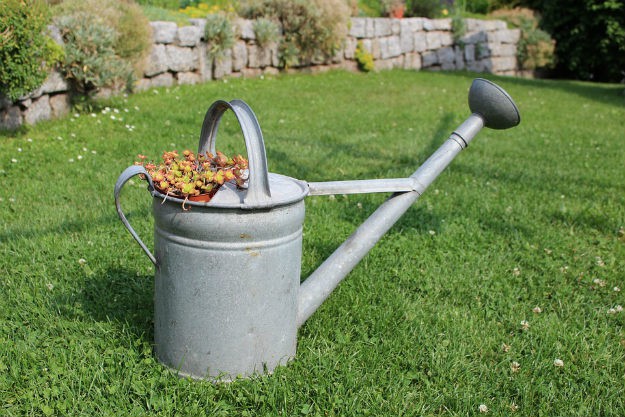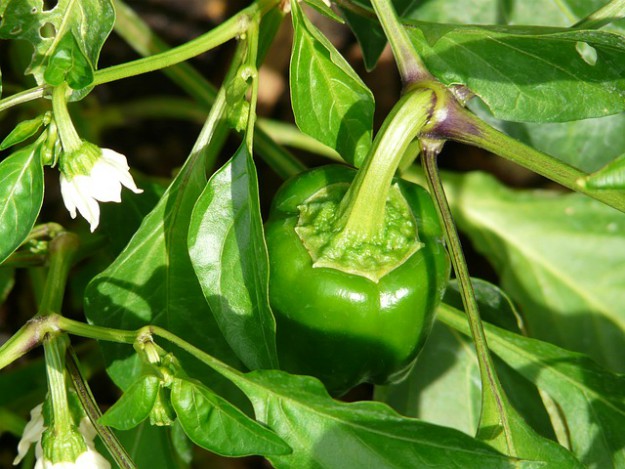As summer draws nearer, temperatures are skyrocketing and most living things are retreating indoors to the comfort of cool air-conditioning. You might think that nothing can survive in the sizzling summer heat, and as a homesteader, you might be particularly concerned about how your garden will hold up under the sun. However, you shouldn’t fear – plenty of crops can be grown and maintained even as temperatures climb into the 90s or 100s. Read on for a list of summer plants that can survive and thrive in the sun, as well as some gardening tips that will ensure your pre-existing plants can stand the heat!
Summer Plants For Your Garden
First, let’s tackle the tricky tactics behind correct planting methods. Even if the plant you select can grow and last in the thick summer heat, it’s important to follow these tips in order to make sure that your summer plants are reaching its maximum lifespan throughout the summer:
Find the right spot
A seasoned homesteader will know that summer plants are usually in their full growth span, which makes it easier to envision the finished product. Observing the span of the foliage and the dimensional reach of any offshoots will help you to select the perfect spot in your garden for the plant in question. However, there are more things to consider other than the visual appeal of the selected space. It’s good to be aware of the spot’s position in relation to the sun: if the space is particularly sunny and you are planting in the full swing of the summer, you might consider temporarily shading the plant for the first week or so using an umbrella or shade cloth.
Planting preparation
These small steps will go a long way in sustaining your plant’s lifespan:
- Try to plant on a cloudy day, or in the later evening when temperatures are down.
- Dig a hole a little bit deeper and twice as wide as the plant’s root ball.
- Backfill the soil mixed with a little bit of compost to ensure maximum growth is reached.
- For extra sizzling summers, fill the hole with water first and let it drain before planting. This provides an easier transition for the plant since the hole and the soil are moist.
Beat the heat
In order to give your plants an edge over the summer sun, apply a 2-3 inch layer of organic mulch immediately after planting. This locks in the moisture of the soil and suppresses the growth of weeds, which compete with your plant for water and nutrients.
Water, water everywhere
For the first couple of weeks of a new planting, you might want to water daily if temperatures are scorching, or even every other day if it’s warmer than usual. It’s important to keep the soil slightly moist until the plant is fully absorbed in the garden.

Now that you’re prepped and ready to go with some summer gardening tips, you’ll need to make a careful selection of the types of plants that you can grow. There are plenty to choose from, each a tough contender that are known to withstand the brutal summer heat.
Bean plants
Although the common green bean does not withstand high temperatures, you can substitute this traditional favorite for a number of suitable alternatives that thrive in the thick summer sun. Southern Peas (such as Whippoorwill and Purple Hull) love humidity and heat. They also last slightly longer than green beans and have a tougher texture. For any Deep South homesteaders, consider Chinese Red Noodles, which grow throughout a long period of high heat. Lima beans are another resilient plant that can even tough it out through periods of drought!
Tomatoes
Types that come from the Deep South are typically going to be the most heat-resistant. Blemish-free medium-sized tomatoes such as Tropic VFN and Ozark Pink VF have a crisp flavor that is not only refreshing in the summer sun, but withstand the scorching temperatures.
Eggplant
Most types of eggplant produce well throughout the summer. Three gardening favorites include Listada de Gandia, Black Beauty, and Ping Tung Long, all of which are notably resistant to long bouts of heat.
Peppers

Multiple types of peppers will thrive in high heat. Some notable gardener-approved types include hot peppers, which are true to their name and grow in the heat and humidity. Aji Dulce peppers, which are both sweet and spicy, are considered generally heat-resistant and also offer an additional benefit: they’re typically unaffected by pests and diseases.
Cucumbers
Cucumbers love the heat and do well developing throughout the long summer months. Some noteworthy types include the Little Leaf H-19 and the Ashley, which are not only recommended to gardeners during summer growing season, but are additionally known for their resistance to disease. The Suyo Long can even be grown on trellises, as their long slender fruits will brighten up your days even more than the sun!
Summer squash and zucchini
The Moschata type of summer squash and zucchini is particularly recommended for gardeners who tend to have trouble growing this crop in the heat. With better pest and disease tolerances, Moschatas also develop consistently well throughout long stretches of heat. It should be noted that the Moschata type requires night temperatures well above 60 degrees Fahrenheit in order to grow well.
Melons
Types such as Top Mark, Kansas, and Sweet Passion come ready to grow throughout the summer and remain resilient to pest and disease infestations. Additionally, watermelon types like Crimson Sweet and Strawberry repel fungal diseases that are common in summer heat.
It’s easy to get discouraged when summer rolls around, and many gardeners or homesteaders dread the toll that the hotter months might take on their crops. However, if you follow these preparation tips and choose the right vegetation that can withhold the heat, you’re sure to have a blooming and thriving garden even during the dog days!
What did you think of our post on summer plants? Let us know in the comment section below!

Hmm, no mention of okra or sweet potatoes?